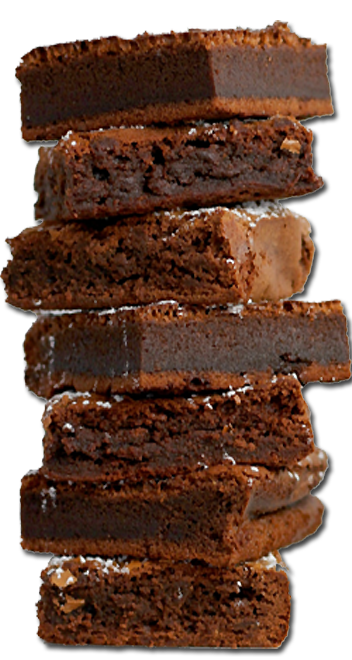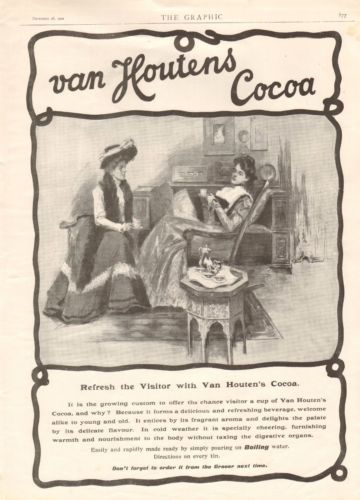
A Brief Historical Perspective
Before the mid-1800s, there was only one type of cocoa powder: Natural Cocoa Powder. However, a Dutch chocolate maker named Coenraad Johannes van Houten revolutionised cocoa processing. He devised a method to reduce the naturally acidic taste of cocoa by washing the nibs with an alkaline solution. This innovative process, now known as "Dutch-process" or "Dutching," not only lowered acidity but also increased solubility, darkened the color, and imparted a smoother flavour.

Understanding Dutching
Dutching is a cocoa processing technique that involves treating cocoa powder with an alkaline solution to reduce its inherent acidity. This transformation has significant implications, especially for bakers.
Natural Process Cocoa
Natural cocoa powder is derived from the solid remnants of cocoa beans after extracting cocoa butter. These solids are finely ground, resulting in natural process cocoa powder. Natural cocoa powder typically has a pH level of 5-6, which influences its flavour profile and interaction with other ingredients. It tends to be more acidic, lending a fruitier and slightly bitter flavour. Most commercially available cocoa powders fall into this category.
Dutch Process Cocoa Powder
Dutch process cocoa powder, also known as "dutched" or "alkalised," is created by neutralising natural process cocoa powder's acidity with a potassium carbonate solution, effectively raising its pH to 7. This process yields a darker and more richly flavoured cocoa powder, often described as "chocolatey." Further alkalisation, up to a pH of 8, produces "black" cocoa powder.
Substituting Dutch for Natural Cocoa Powder
While it's advisable to use the specified cocoa powder in a recipe, you can substitute Dutch-processed for natural cocoa powder in a 1-to-1 ratio if needed. To optimise results, adjust the use of bicarbonate of soda or baking powder in the recipe according to the type of cocoa powder you have. Natural cocoa pairs well with bicarbonate of soda, while Dutch process cocoa complements baking powder. If a recipe doesn't specify, it's usually safe to assume natural process cocoa powder.
Impact on Baking
Flavour: Dutch-processed cocoa offers a smoother, less bitter taste with a pronounced "chocolatey" flavour.
Colour: The deeper hue of Dutch-processed cocoa creates visually stunning desserts, such as rich dark chocolate cakes and irresistible Oreo cookies.
Leavening: Due to its lower acidity, Dutch cocoa may require using baking powder instead of bicarbonate of soda in certain recipes.
Recipe Adjustment: Transitioning from natural to Dutch cocoa may necessitate adjustments in leavening agents or acidity-neutralising components like cream of tartar to maintain balance.
Taste Preference: The choice between Dutch-processed and natural cocoa ultimately depends on personal preference and the culinary direction you're pursuing. Some recipes shine with one type of cocoa, while others benefit from the alternative.
Distinguishing Good Cocoa Powder
Whether it's natural or Dutched, exceptional cocoa powder is crucial for superior baking results. Price alone isn't always the best indicator of quality; pay attention to cocoa butter content. Look at the nutritional panel on the back of the tin, and choose cocoa powder with around 22% to 24% fat. While many recipes require small amounts of cocoa, the difference in fat content can significantly impact the quality of your creations. Your taste buds will undoubtedly appreciate the choice of higher fat cocoa powder.
Final Note
Remember that the fat percentage might not be explicitly mentioned on cocoa powder labels, so look for products with approximately 1 gram of fat per 6-gram serving.
